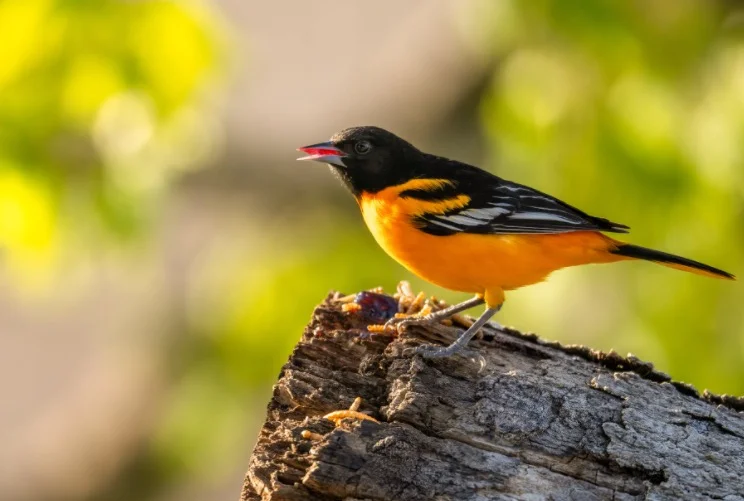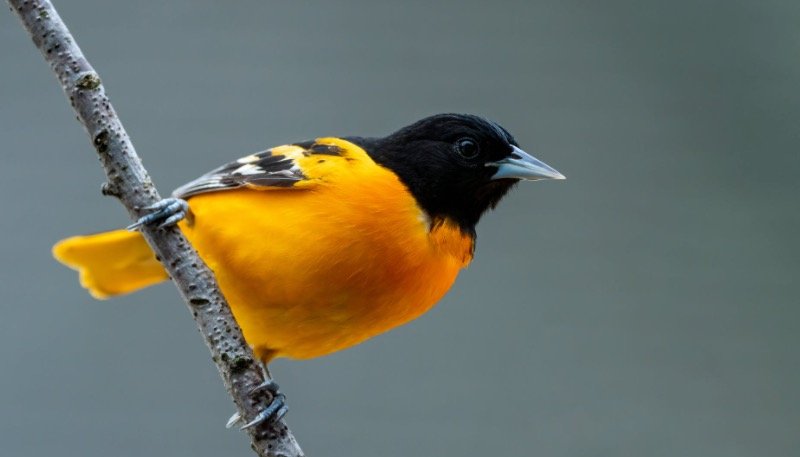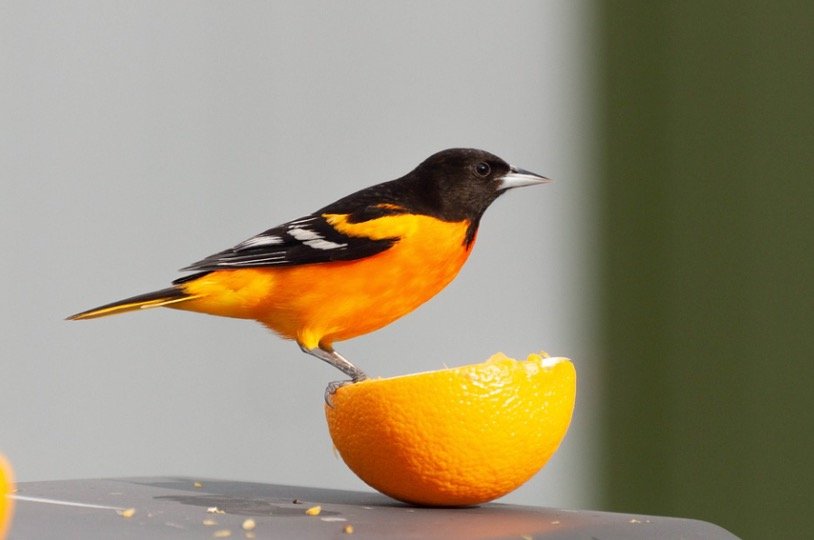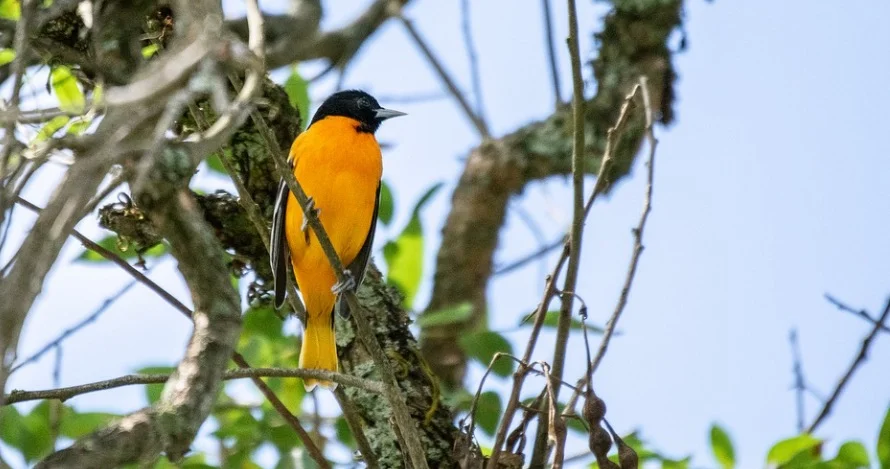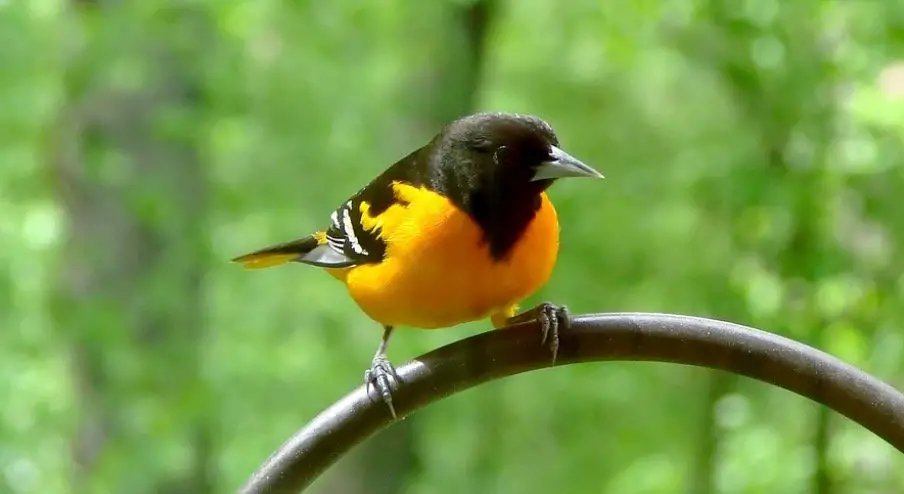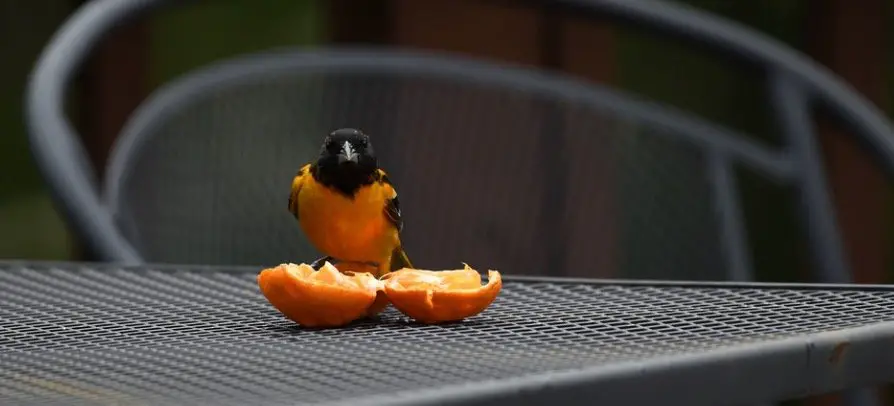Maryland State Bird: Description, Pictures, & Fun Facts
Maryland State Bird
Maryland is the ninth-smallest state in terms of land size and the 18th most populated in the United States. Maryland’s geography is a combination of hilly terrain, oak woods, mountains, and sand dunes. But what is Maryland’s state bird?
The Baltimore oriole (Icterus galbula) was named the state bird of Maryland in 1947. Maryland likewise protected the bird by included it in the Nongame and Endangered Species Conservation Act in 1975. Despite these two legislative efforts, the bird’s existence has been in jeopardy since the 1980s.
Why is the Baltimore Oriole Maryland State Bird?
It may be called kismet. Cecil Calvert, Second Baron Baltimore, or simply Lord Baltimore, travelled to the colonies in the 1600s to oversee the Maryland colony. He brought his family’s coat of arms, which was painted in the same colours as the bird.
His ancestors’ colours are now included on the Maryland state flag. Imagine his amazement when he was welcomed by a bird that seemed to be a natural representation of his own family’s crest!
With a history like that, this bird was born as a shoo-in for Maryland’s state bird. For hundreds of years, people of the state have adored the oriole, which scientists discovered in the 1990s to be a separate species different from the Northern oriole. The bird does, in fact, belong to Baltimore.
When did the Baltimore Oriole become Maryland State Bird?
In 1954, the Maryland Assembly designated the Baltimore oriole as the state bird. The bird’s name occurs in Chapter 54 of the Acts of 1947, Section 7-301 of the Code of Provisions. Maryland has no state bird in common with any other state.
What does the Maryland State Bird look like?
With its striking gold-orange and black colours, the Baltimore oriole is unlike any other bird. Males have complete black heads, while females and chicks have grey heads. Males have a single white wing bar, whilst females have two.
Both sexes reach a maximum length of six to eight inches. These birds are light, weighing between.06 and.08 pounds. They have a wing span of nine to twelve inches.
What is the behavior of Maryland State Bird?
In order to locate the proper partner, the passionate Baltimore oriole constructs his area, then sings and talks with the ladies in the region. Throughout the procedure, he hops from perch to demonstrate his agility and ability.
You will also notice that the males of this species utilize a bowing posture. This demonstrates respect for the female. The Baltimore oriole, a fairly territorial bird, protects his breeding area before he has even married.
Once he has attracted a partner, the female selects a nesting place from the neighbourhood he has chosen. She constructs the nest in a fork of branches high up in a tree. This species likes American elms, but may tolerate other trees as well.
Maples and cottonwoods are two alternatives. The nest is usually suspended from the trees and resembles a sock. The bird sews and weaves fabric from grass blades and grapevine bark, as well as twine and fishing line.
This ingenious bird flies back and forth with its material, looping it through other materials and finally generating knots in the cloth. Her design consists of two bowl shapes. The inner bowl has a bag-like design, while the outer bowl has flexible fibres and a soft interior lining.
These birds migrate as well. From early April to late May, they arrive in central and eastern North America to breed in states spanning from Louisiana through the central United States and into northern Canada.
They may begin to fly south in late July, depending on how far north they have flown. They spend the winter in Florida and the Caribbean, as well as Central America and the far north of South America.
Do Baltimore Orioles form communities?
The Baltimore oriole raises its young in a nuclear family. A male and female oriole mate and have a family. They share certain responsibilities while splitting others. As previously said, the female constructs the house, while the male protects it.
The female oriole incubates the couple’s four or five eggs, while the male forages and hunts for food. This procedure takes between 12 and 15 days. When the chicks hatch, both parents care for them and feed them.
About two weeks after hatching, the youngsters depart the nest. Until then, their mother and father had fed and protected them.
What do Baltimore Orioles eat?
Baltimore orioles eat insects and prefer fat-containing foods because they need to convert those calories for lengthy flights. These birds need the fats and carbohydrates they consume in order to migrate. Because they fly so often and so far, their food varies more than that of other birds.
They consume a diverse range of insects, fruits, and nectar. They target mature, dark-coloured fruit such as red cherries, mulberries, and purple grapes. These birds hunt insects from bushes and trees and capture insects in the air.
These orioles consume caterpillars, notably the hairy species seen in the Deep South in the spring. Beetles, wasps, grasshoppers, bugs, snails, and spiders are other favourites. But, before you believe these colourful birds are simply interested on protein, consider that they have a few tricks up their sleeves for leveraging the delectable bigger fruits on their route to their winter homes.
It makes no difference if many of this bird’s favourite meals are much larger than it. Both sexes think imaginatively and utilize their beaks to excellent use, as the females do in weaving the nest.
They will employ a method known as gaping, in which they will peck a hole in a bigger fruit and swallow the liquid from it by sucking it out with their tongue.
